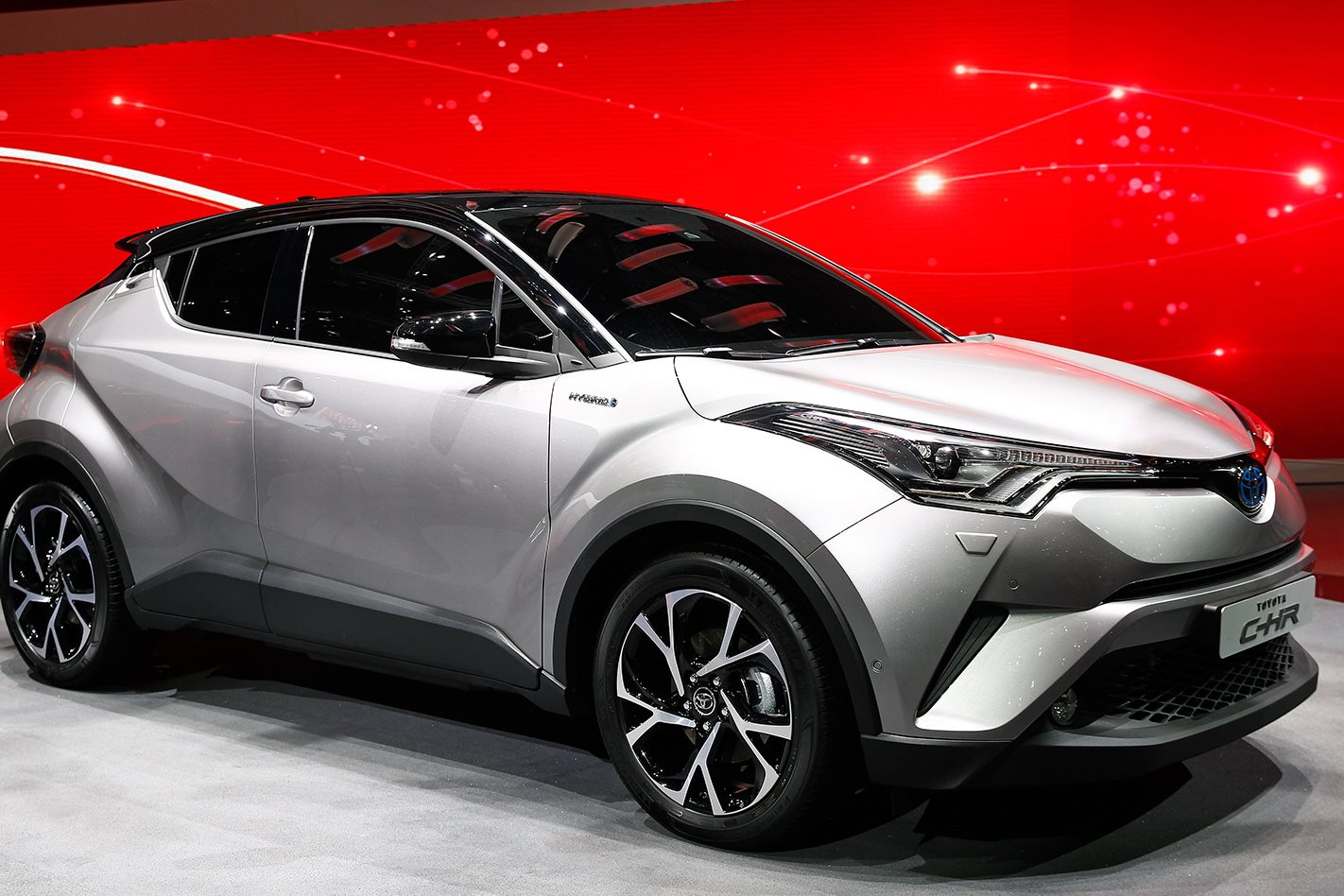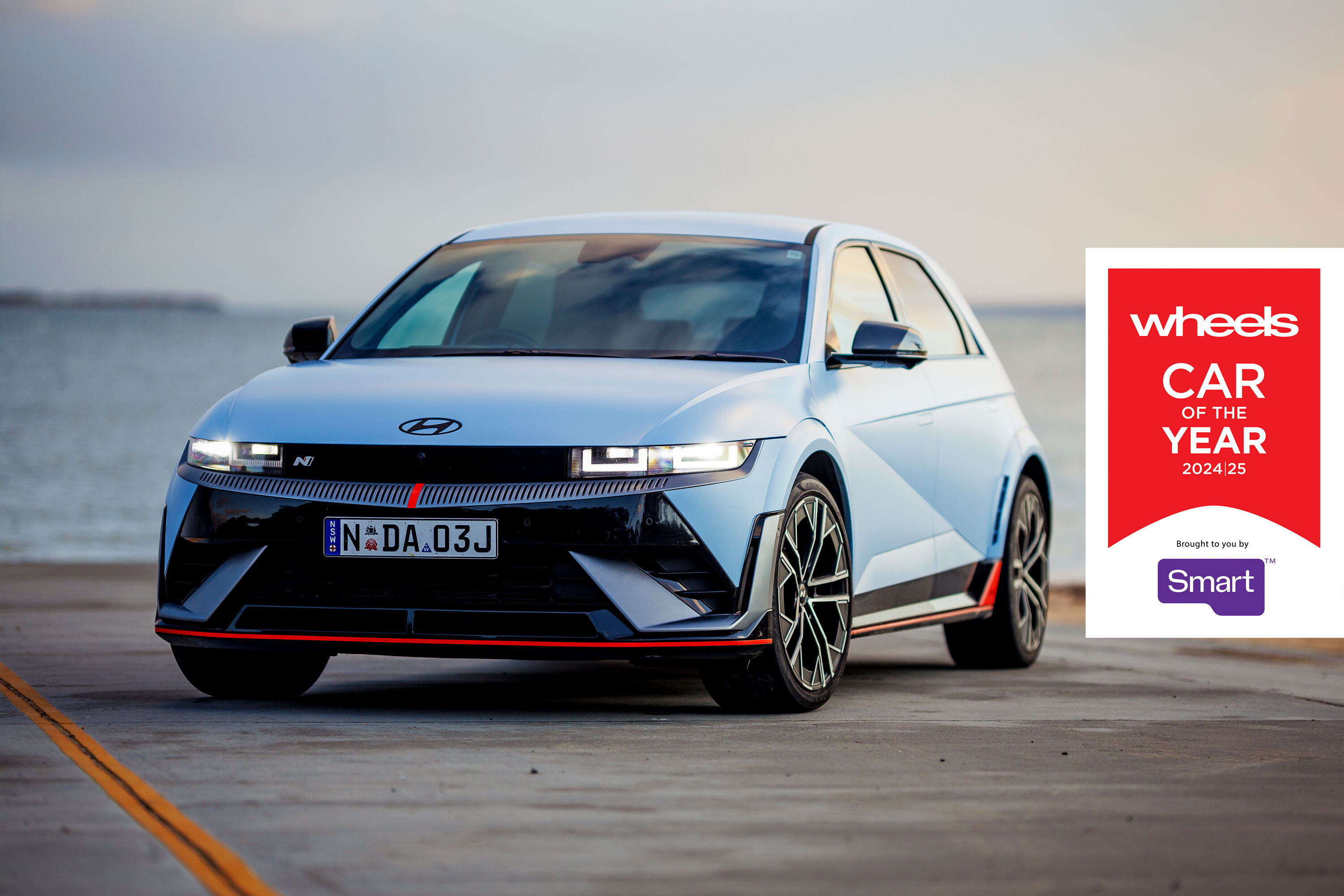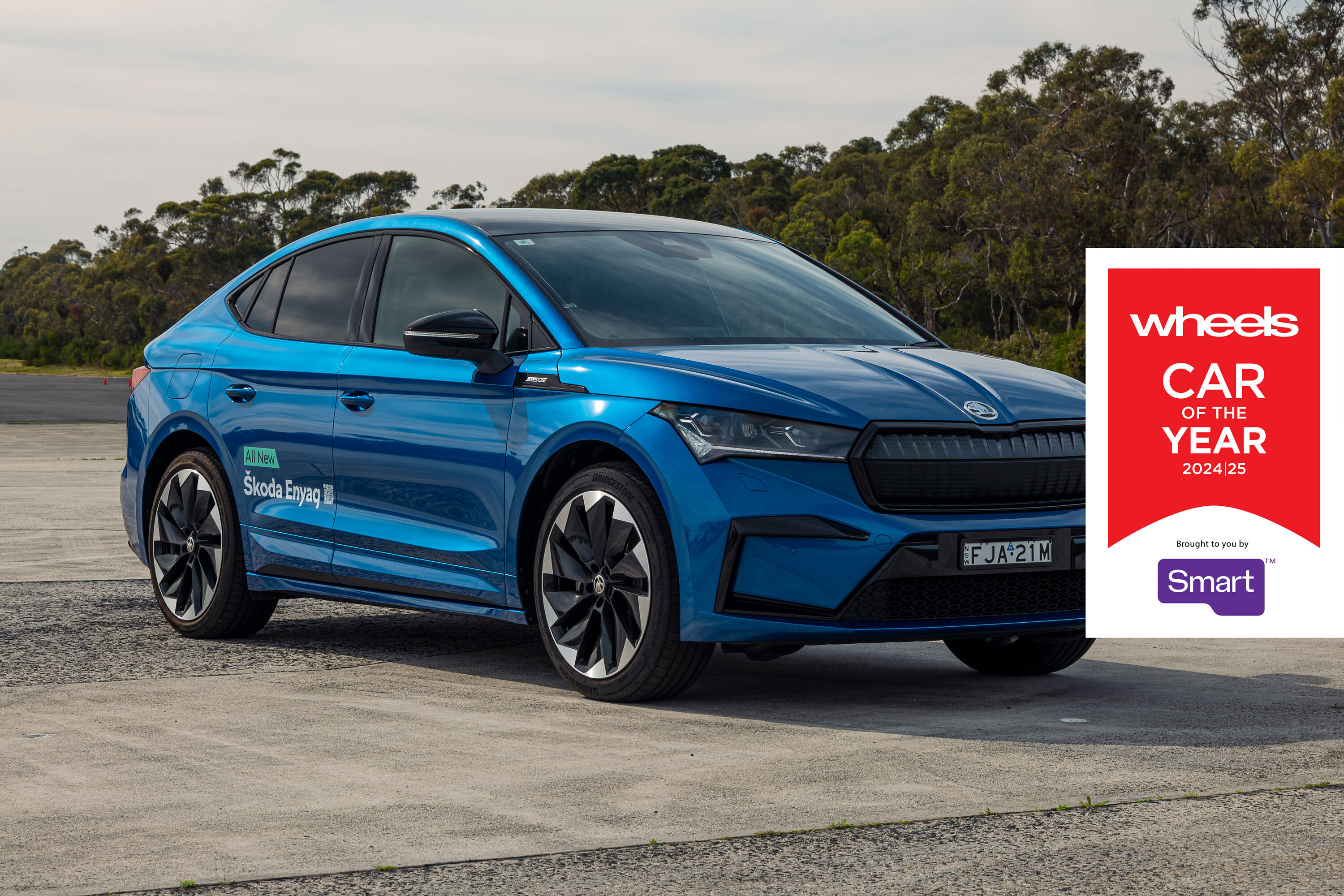BETTER late than never to the hottest party in town, the 2017 Toyota C-HR finally gives the Japanese SUV specialist an entry-level crossover.
Aimed squarely at the big-selling Mazda CX-3 and Honda HR-V, the small SUV has surprised observers by keeping true to the preceding two concepts’ daring design language, revealing the brand’s desire to lure a new or younger audience.
To that end, the C-HR will also usher in the era of downsized forced-induction powertrains for Australia’s number one selling carmaker, when sales commence in early 2017.
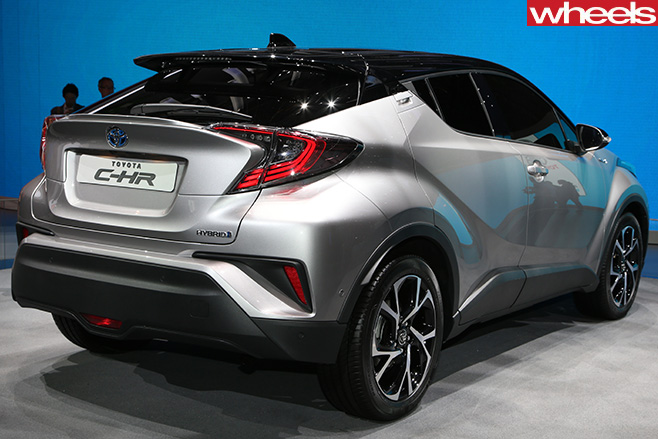
The only engine confirmed is Toyota’s all-new 1196cc four-cylinder turbo petrol unit. In European spec, this 8NR-FS engine pumps out 85kW between 5200 and 5600rpm, and 185Nm between 1500 and 4000rpm, making the direct-injection unit eligible for substantial tax benefits due to a claimed 90 gram per kilometre carbon dioxide emissions rating.
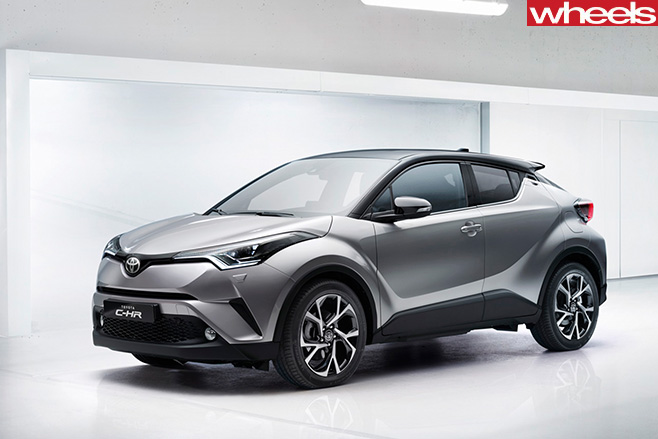
European reports suggest that an as-yet unconfirmed 2.0-litre atmo petrol engine may also be in the pipeline, making that a more logical competitor to the CX-3’s 109kW/192Nm powerplant.
Pricing, of course, is still a long way off, but a low-$20,000 start is almost a certainty if Toyota intends to make inroads against the CX-3. Among the standard features confirmed are autonomous emergency braking and a reverse camera.
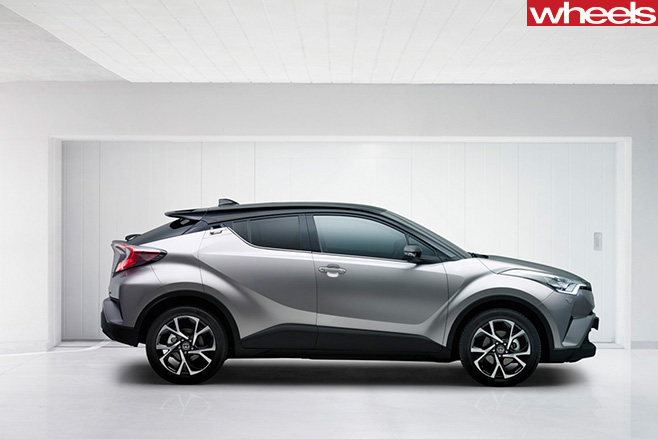
Toyota has big hopes for the C-HR in Australia, as it will enter a market that has grown by almost 30 percent annually since 2011, from 40,000 to over 110,000 registrations last year.

